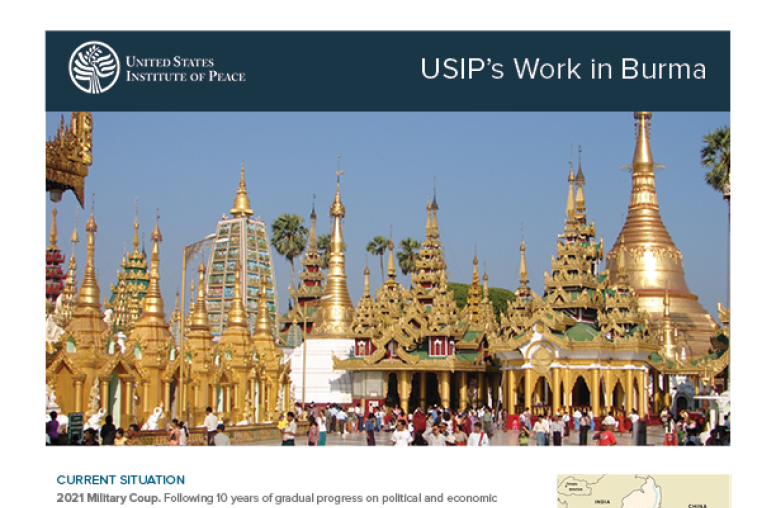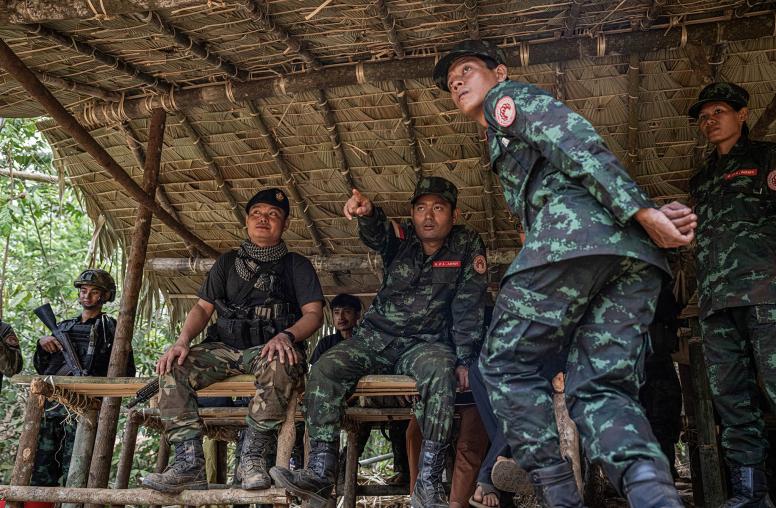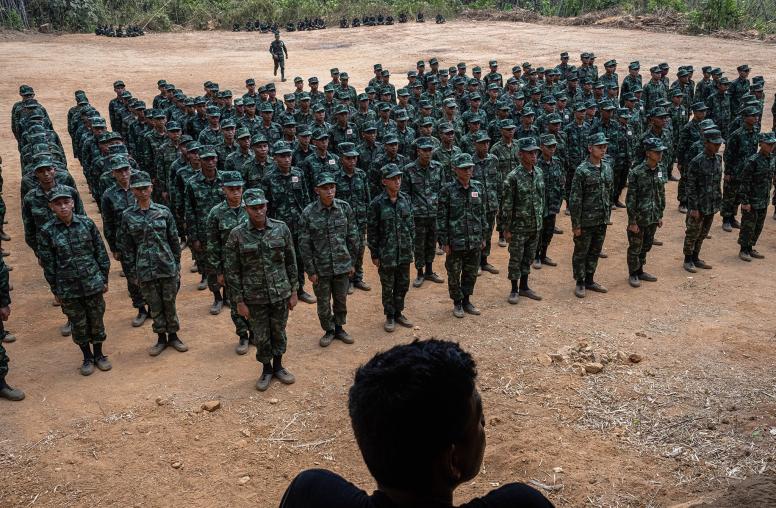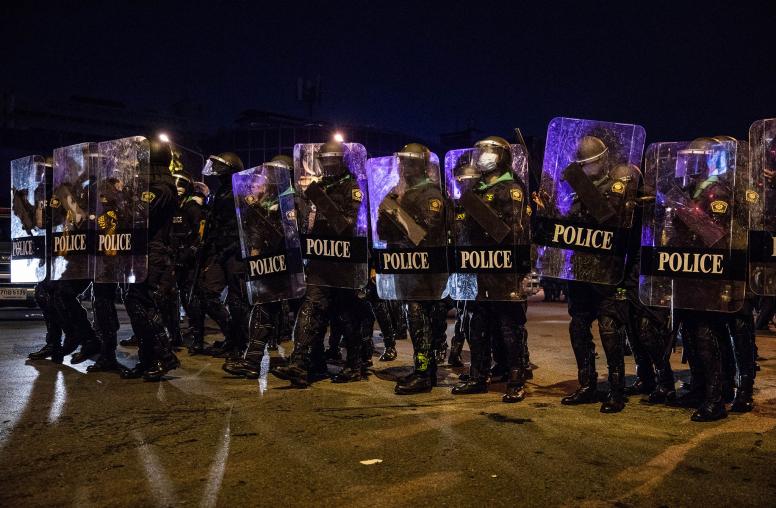The Obama administration’s strategy of turning renewed attention to the Asia-Pacific relies in significant part on India as a critical partner. But the long-standing border conflict between China and India, and the somewhat related armed ethnic struggles linked to Burma and northeastern India threaten to undermine the prospects of that Asia “pivot.” One potential avenue for improving those odds may lie in the common vision of China, India, and Burma to link their ethnic borderlands via road and rail.

Under the new U.S. policy, which the administration calls a “rebalancing” toward Asia, officials envisage a robust re-engagement with the region to build peace through strategic partnerships with Asian countries, strengthen the U.S. military presence in East Asia, and expand capacity within U.S. government agencies on Asian affairs. The strategy looks to India as a net provider of security in the Indian Ocean region and as a regional economic anchor. The U.S. opening to Burma, as reflected in part by the visit of President Obama in 2012, is another key pillar.
But the long-standing border conflict between India and China limits India’s role as a security provider. While there is a framework of dialogue between China and India to resolve the border question, not much realistic progress has been achieved. The issue continues to generate distrust and militarization on both sides and hinders cooperation.
The other roadblock to the U.S. goal of deeper engagement in Asia is geographically connected to the China-India border areas -- armed ethnic conflicts with transnational linkages in Burma and Northeast India. This factor limits Burma’s capability to reform and emerge as a dynamic, progressive nation anytime soon.
China enjoys significant influence among the major armed ethnic groups fighting for secession from the Burmese state. In northeastern Burma, for example, China recently provided the United Wa State Army with five Mil Mi17 Hip Medium Transport helicopters armed with TY 90 air-to-air missiles. It was the first time that an armed group in Southeast Asia has possessed such a capability.
Inside the borders of India, armed groups like the National Socialist Council of Nagalim and the People’s Liberation Army of Manipur, with connections to Burmese armed groups, continue to violently resist the Indian state, and undermine stability and prosperity in that country’s northeastern region, which shares borders with both China (672 miles) and Burma (1021 miles). The Indian government has responded to the armed conflicts since the 1950s with both the use of force and a framework of dialogue. While the use of force managed to reduce the armed violence, it also alienated ethnic communities.
India has prioritized dialogue instead since the 1990s, but none of the militant groups have disarmed except for the Mizos, and violence continues.
The most viable way out of these persistent tensions is to nurture local stakeholders to support economic development and people-to-people contact via the common vision that China, India and Burma proclaim for linking the ethnic borderlands via road and rail – essentially reviving the ancient “Silk Route.”
The common vision of China, India and Burma is to link their ethnic borderlands with road and rail projects for greater economic development and people to people contact, reviving the ancient “Silk Route” with the proposed “Asian Highway” and the “Asian Railway Link.”
The Asian Highway aims to connect Northeast India and Kolkata (India) with Dhaka (Bangladesh) , Burma (via Kalemyo, Yangon, and Mandalay), going onto to Yunnan (China), Kuala Lumpur (Malyasia), Ho Chi Minh City (Vietnam), Phnom Phek (Cambodia), Bangkok (Thailand), and Vientiane (Laos). The Asian railway is conceived along a similar route. If successful, this will change the geopolitics of these borderlands, turning them from forgotten frontiers to vibrant economies.
But armed groups and the China-India border dispute dominate most of the linking areas and keep tensions high. The projects are repeatedly scaled back at every flare-up.
China and India should urgently establish institutional mechanisms of joint border management to ensure that border tensions do not negatively impact the more significant cooperative mechanisms. This would require the development of a comprehensive framework capable of addressing the underlying reasons for the tensions.
Connecting the three countries is in the interest of Asian peace and the U.S. ‘Asian Pivot” as China and India plays a major role in Asian geopolitics. The country that geographically connects China and India is Burma, a critical player towards establishing peace in these areas. Burma’s own political reform could become a harbinger of hope for Asia provided it is able to resolve its internal contradictions.
Namrata Goswami is a Jennings Randolph Senior Fellow at USIP. She is also research fellow at the Institute for Defence Studies and Analyses in New Delhi, where she focuses on territorial disputes and insurgencies.



